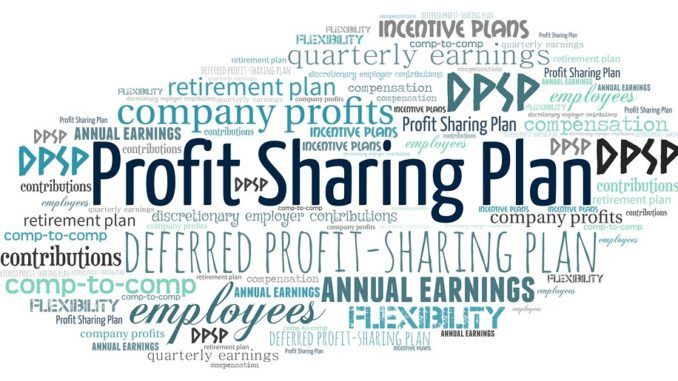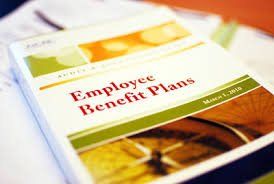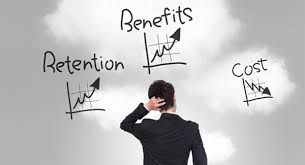Rate Structures
- By Dan Wolfson
- •
- 31 May, 2017
- •

Let’s define our two categories of benefits. Very simply pooled benefits are things like life insurance, accidental death and dismemberment, critical illness, dependent life, long term disability and out of country travel insurance. This is true insurance as you pay a relatively small premium to an insurer and transfer a big risk
You can imagine that in the unfortunate event of a long term disability claim, you have paid a premium and the insurer will pay you a monthly income benefits for as long as you are disabled. Or you pay a small premium for your group life insurance, somebody dies and the policy will pay out to the beneficiary. Insurers are well positioned to deal with these types of claims because they are relatively rare, infrequent and not likely going to reoccur (a life claim is a onetime event per person).
Insurers (while they do an excellent job) have a harder time pricing experience-rated health and dental benefits as they are small, high frequency, and low cost claims that add up over time. So health and dental rates are really just an insurers’ best guess of what your employees will claim each year plus their expenses to pay those claims.
Insurers (while they do an excellent job) have a harder time pricing experience-rated health and dental benefits as they are small, high frequency, and low cost claims that add up over time. So health and dental rates are really just an insurers’ best guess of what your employees will claim each year plus their expenses to pay those claims.
Insurance is really for unseen events. Events that occur frequently or with some degree of predictability respond poorly to being insured.
Insurers have a relatively easy time coming up with rates for the pooled benefits as they take a look at your employee’s demographics- age and gender distribution, occupations and volumes of insurance. Groups with older employees will tend to have higher insurance costs than groups with younger employees as there is more risk associated with insuring an older workforce. Each year the insurer looks at the employee demographics and figures out a rate to insure the overall risk involved.
Health and dental benefits are priced a bit differently. Health and dental claims are experience-rated benefits. At each renewal, the insurer tallies all the small, relatively low cost, high frequency claims your employees make, factors in their administrative costs, claim inflation (called trend), reserves, commissions and profit to come up with a rate or a guestimate of what your employees are going to claim next year. However, it is an inexact science (more of an art really). Sometimes the insurer guess correctly and the plan is appropriately priced for the expected utilization, sometime they guess incorrectly and the plan is underfunded.
If the plan is underfunded and paid claims exceed the insurers’ administrative breakeven point or what is called the target loss ratio, you would expect a sizeable increase at renewal. If the plan is correctly funded and is below the insurers breakeven point you would expect the rates to be relatively stable, however we still have to factor in the expected claim inflation that is reported by the insurer, so even if a plan is well below par, the trend factors and insurer uses can still lead to an increase on renewal.
This is an overly simplified view of how an insurance company sets its rates. Life and long term disability rates are set based on employee demographics, mortality and morbidity tables. Health and dental benefits are sometimes a “guestimate”. In future posts we will explore a bit further how exactly health and dental benefits are priced and more cost effective solutions.


























